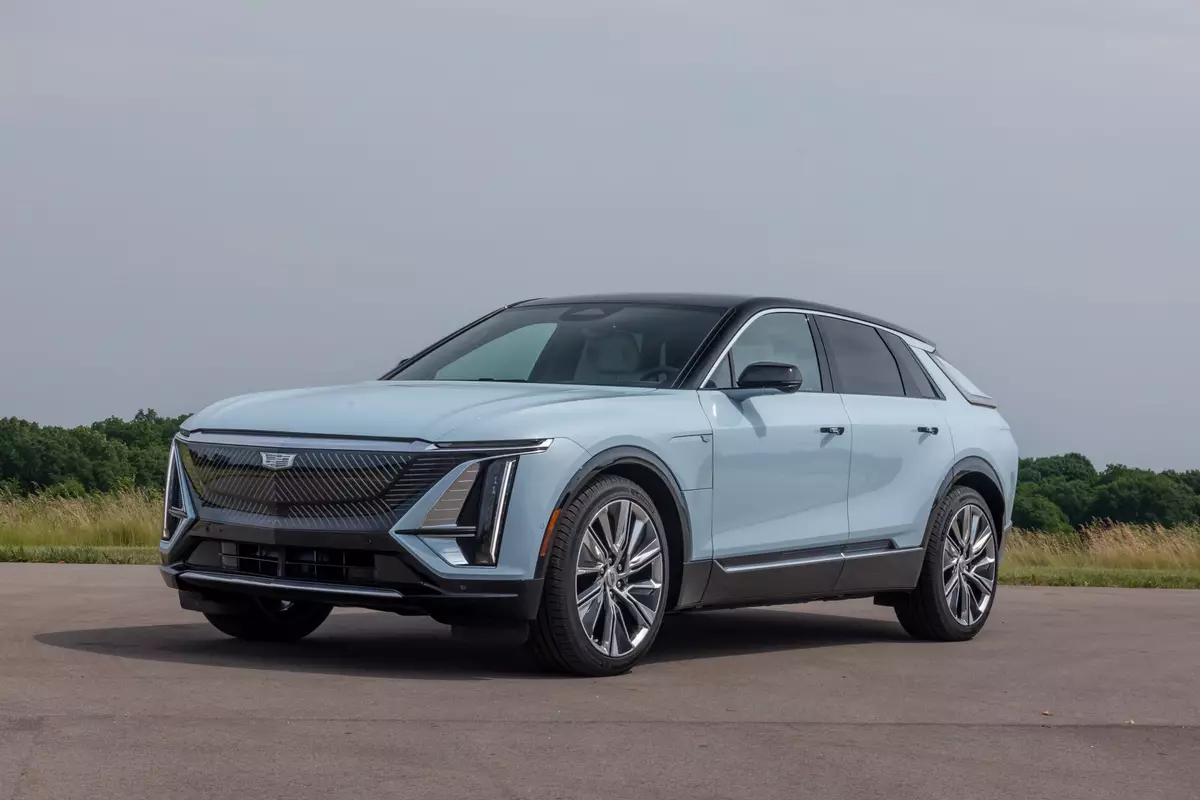The Morning Call and Mcall.com's view
Chevrolet’s All-American image – you know; hot dogs, baseball, mom’s apple pie – has been somewhat compromised over the past couple of years with the addition of several cars with Oriental backgrounds to its lineup.
American auto manufacturers have been slapping their own nameplates on cars originating in other countries for a number of years so there is really nothing new here. However no manufacturer ever jumped into it more enthusiastically than Chevrolet and its heartbeat of America.
The company introduced three cars almost in a row: the Sprint, a minicompact built by Suzuki Motors; the Spectrum, a subcompact built by Isuzu Motors Limited, and the Nova, a compact that has a mixed heritage and unique background.
The Nova, the subject of this week’s Road Test, is a joint venture of General Motors and Toyota, two manufacturers who surely qualify as giants of the industry. Why these two competitors, who certainly have many other things on their corporate minds, got together for one compact car, is anybody’s guess. Though it probably had something to do with money.
Unlike the Sprint and Spectrum, however, the Nova is built in America. In fact it is being assembled on the site of a previously closed GM facility in Fremont, Calif.
(Probably at one time GM might have thought these three cars would help meet federal fuel economy regulations. This however is not the case. GM cannot count its imported small cars, or even the Nova, in the CAFE calculation for its domestic fleet.)
The Nova test car (supplied by Scott Chevrolet, 3333 Lehigh St., Emmaus) was a four-door sedan and the milder and more representative version of the two Nova models offered this year. The other is the hotter ”Twin-Cam 16-Valve” model that, obviously, has a more powerful engine, performance suspension, four-wheel disc brakes and Eagle GT tires on aluminum wheels. The test car may not have been as exciting as the Twin-Cam but then it wasn’t meant to be.
It was designed as a pure and simple economy car and as such lived up to this role. Not a lot of frills, not a lot of thrills but dependable and economical transportation.
Although the front-wheel drive Nova has only been in the Chevy lineup since the 1986 model year (it shouldn’t be confused with the old rear-drive Nova that left the lineup in the late ’70s) it was not exactly a brand new car when introduced. It was basically a Toyota Corolla, a car with a long reputation and a good name in this country.
So you could say it is a Toyota wearing a Chevy ”bow tie.” The Nova, though, does have some of its own touches and trim and maybe someday could even develop its own personality. Right now it is selling well and I guess you can’t knock that.
Although classified by EPA as a compact, the Nova sedan is one of those borderline cases. It has an index volume of 100 cubic feet (86 interior, 14 cargo) which makes it a l arge subcompact, 85 to 100 cubic feet index, or a small compact, 100-110 cubic feet. The front-wheel drive configuration does make the most out of interior room, which is probably the main reason front- wheel drive is used so much today.
In other dimensions, the Nova measures 95.7 inches in wheelbase, 166.3 inches overall length, 64.4 inches, width, and is 52.8 inches in height. Curb weight is between 2,211 and 2,412 pounds, depending upon equipment.
As could be expected, front seat room is quite decent. Driver and passenger have more than adequate head and leg room. If the front seats aren’t extended fully aft, rear seat passengers can sit in relative comfort. The trunk measures 14 cubic feet and, again because of the front-wheel drive configuration, it has a flat floor.
Although it is an economy car, it is not the old stripped-down economy car of years past. The upholstery has a nice cloth tweed-like texture and the seats have somewhat of a contour The instrument panel and controls may not look expensive but they don’t look cheap either. In all, the interior is quite livable.
The test car was equipped with a three-speed automatic transmission (a five-speed manual is standard) which meant that anybody, even first time drivers, should be able to drive it without a great deal of difficulty.
Handling, as with most other cars today, was quite decent. No sports sedan, but again no one said it was. The chassis features MacPherson struts all around and rack and pinion steering. All-season radials are standard. The test car was driven over snow and deep slush and proved to have good traction and stability; selling features of front-wheel drive. There were a couple of tricky moments but I’m sure everybody driving in the bad weather had a couple of these.
Powering the Nova is a 1.6-liter/96.8-cubic-inch overhead cam engine that has been in use at Toyota for a couple of years. It uses a two-barrel carburetor. Although one hears a lot about fuel-injection these days, there still are a lot of new cars equipped with carburetors. The test car started right up in cold weather and didn’t hesitate or stumble all during its testing period.
The engine is rated at 74 horsepower at 5,200 rpm and 86 foot pounds torque at 2,800 rpm. There is little danger of whiplash if the accelerator is stomped upon, but there is more than adequate performance in all driving ranges.
The engine has a compression ratio of 9.0:1, placing it close to that premium fuel point. The test car, though, seemed to run perfectly well on regular unleaded fuel. Fuel mileage proved to be good, but then it is an economy car. The test car averaged 22 miles per gallon for city driving and 30 mpg over the highway. (The five-speed manual transmission will get better highway mileage simply because of its two extra gears. In city and suburban driving and on short highway hops, mileage shouldn’t vary that much between the automatic and manual.)
Just for a comparison, the Twin-Cam 16-Valve engine measures the same displacement and is rated at 110 horsepower at 6,600 rpm and 98 foot pounds of torque at 4,800 rpm. With 36 more horsepower, performance with this engine should be impressive.
Base price for the Nova sedan is $8,795 and includes a list of standard equipment items such as AM-FM stereo/cassette, power brakes, rear window defogger and tinted glass. The test car had a bottom line of $10,620, including a delivery charge of $310. As with many other cars these days, the extras were included in a package. The test car had the Option Package No. 4; which included automatic transmission, air conditioning, power steering and power door locks.
The Nova is protected by a basic 12-month/12,000-mile on the entire vehicle, a 6-year/60,000-mile limited warranty on the powertrain and a 6-year/ 100,000-mile rust-through warranty.
Latest news



